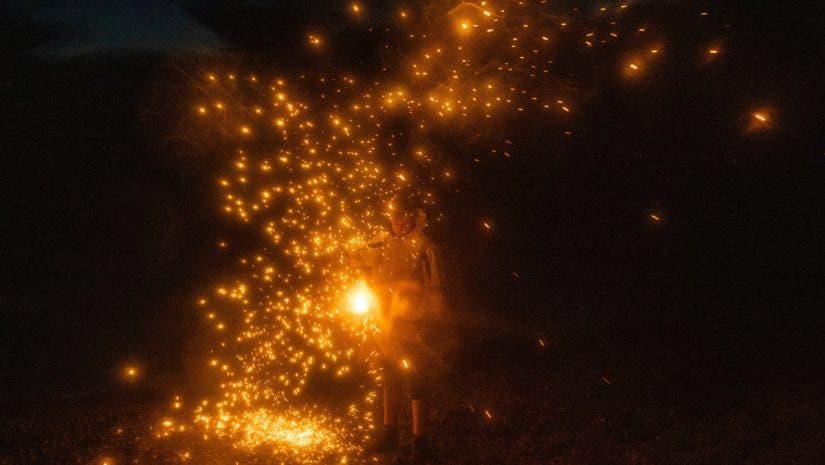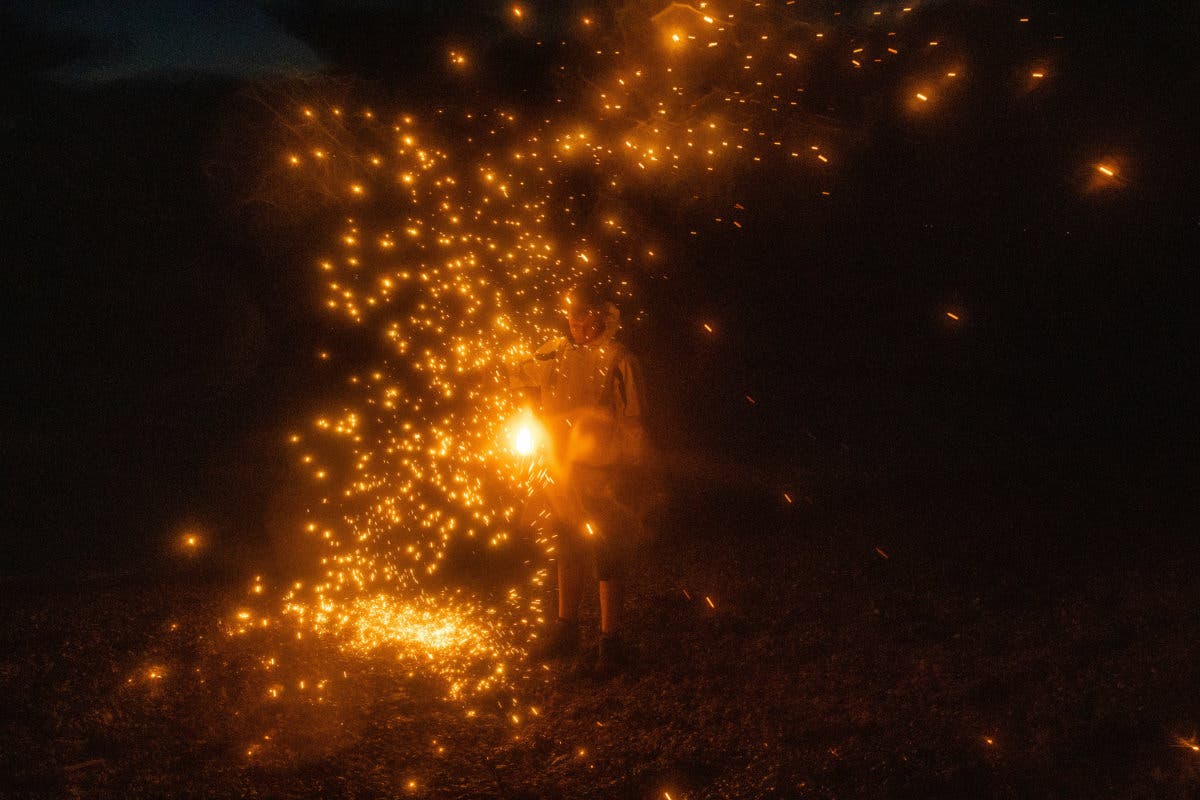When it comes to photography and videography, the main focus is on cameras and lenses. And it’s true; they can make or break a shot. However, using small, and affordable accessories, such as filters, can considerably improve your work. Some (e.g., the UV filter) have a protective role. In contrast, others help you work well in less-than-optimal light conditions (e.g., the polarizer filter). However, some filters are used to produce specific effects that improve the quality of the photographs or video footage on the spot. Mist filters are included in this effect filter category, so here is why, when, and how you should use mist filters for photography and videography. Filters are optical devices and, thus far, superior to any post-processing digital technique.
What Is a Mist Filter?
A mist filter, also known as a black mist filter, black diffusion filter, pro mist filter, or Cinebloom filter, is a piece of glass that goes in front of the lens and softens the image. It’s a sort of light diffuser, but instead of affecting the light coming from a light source like a softbox, for example, it affects the way the camera perceives the light in the scenery.
The result is a softer image, often compared with analog images and considered to have a dreamy, ethereal look. There is less contrast, the edges are softer, and the shapes blend in perfectly. Although you may argue that there are digital filters for this effect, the truth is that digital processing will always lack the authenticity and unpredictability of an optical effect. Ideally, you would like to achieve the perfect shot in the camera and not through post-processing.
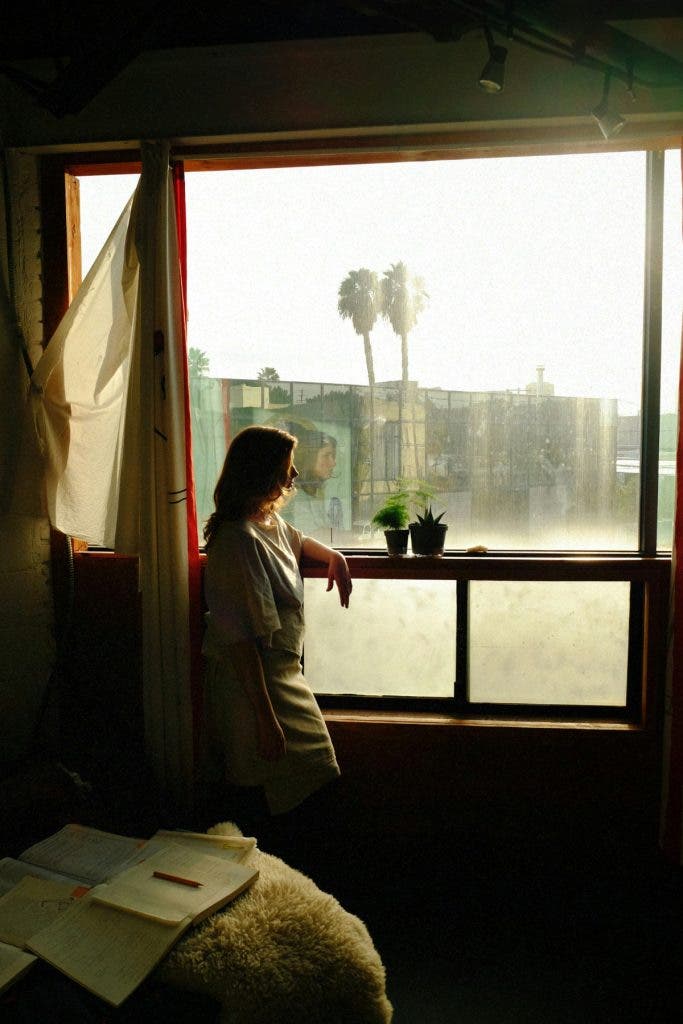
Mist filters are made of glass with black particles caught inside. Those particles diffuse the light across the scene, reducing contrast and clarity and making the highlights glow slightly. Shooting through a thin curtain of mist or haze will give you a similar effect, hence the name.
Mist Filters Characteristics
Although their names vary from producer to producer, mist filters have the same two characteristics everywhere: shape and strength.
The shape may be round or square. A round filter mounts on the front of the lens. Therefore, you need a mist filter with the same diameter as the lens with which you intend to use it. However, you can also buy filters with the diameter of your largest lens and then use step-up rings to make them fit all of your lenses. Changing the step-up rings for each lens is a little more work, but you will save some money.
The advantage of a round mist filter is that once mounted, it fits the lens perfectly. It may also be cheaper than a square filter plus filter holder combo that you use for only one lens.
A square filter is inserted into a filter holder, which is then mounted on your lens. It fits any lens, and you can swap filters faster and without moving the camera. If you are filming, you don’t even have to stop the recording to change the filters. Both round and square mist filters have their fans. In the end, it’s a matter of personal preference which one you choose.
Strength refers to how much the mist filter softens the image (how dense the mist is if you want). It’s usually measured in a percentage or fraction. The higher the strength is, the more visible the filter’s effect is. Mist filters with a high percentage or fraction reduce the intensity of highlights and make them glow, enhance shadows, reduce contrast and sharpness, and create a foggy atmosphere.
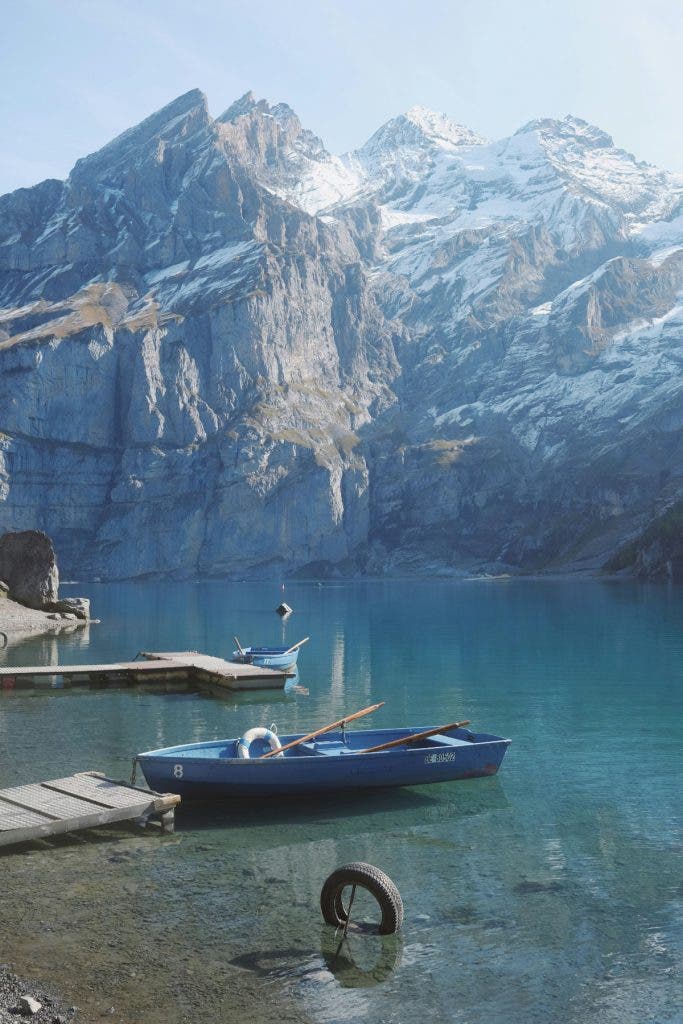
You can also find a combination mist filter and a neutral-density filter, which accumulates the effects of both types. The resulting image will be softer and darker.
How and When to Use a Mist Filter for Photography and Videography
The use of a mist filter doesn’t depend on the photography or videography genre. It doesn’t depend on the subject matter either. You may want to use it when photographing or filming people, as well as street scenes, architecture, landscapes, and products. Using a mist filter creates a soft atmosphere perceived as cinematic, inviting, friendly, and even romantic. In most movies, mist filters are used as a way to remove the sharpness that digital video offers. It doesn’t look cinematic when a video is too sharp. It is also used to create mood and atmosphere. In dimmed light, you can really see the blooming of the highlights with a mist filter. This creates a dramatic mood in the scene, while in bright light, it may seem heavenly, happy, or inspiring.
You can use a mist to improve your portraits because it hides skin imperfections and blemishes, smoothes the skin, and flatters the person’s features. It also makes the hair look glossy, rich, and nicely arranged, especially when backlighting the scene. A mist filter softens the light roll-off that drops on the person’s face from a backlight scene. Make use of this by capturing shots from the shadow side of your subject.
You can make a nearby window look naturally beautiful and convey a nostalgic feeling. Since mist filters bloom the highlights, you get the best effect if there are at least some highlights in the composition. However, low-strength mist filters for portraits can be used to maintain a natural-looking aspect.
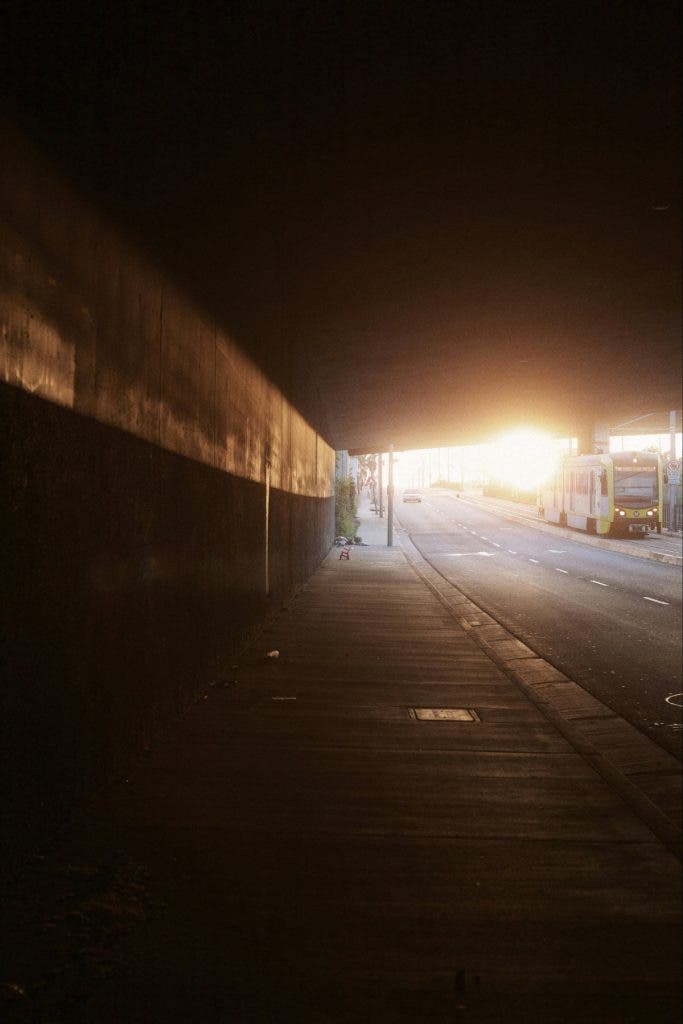
The same low-strength mist filter works wonders for nature photographs. Especially when the sun is harsh or comes at a not-so-flattering angle, a diffusing and softening effect is welcome. Use it to convey tenderness, grace, fragility, and the passing of time.
High-strength mist filters are ideal for shooting in low lighting conditions when a visible light source is present (e.g., a street light, a candle, etc.). That’s because they will add a soft glow around the light source, enrich the shadows, and reduce the contrast between highlights and shadows. The result is mystical and mesmerizing. The scenery will look almost like a fairytale land, which enriches your narrative. The cinematic effect goes well with night cityscapes, street life shots, and wedding narratives, even when the light source is not visible.
A good time of the day to try a mist filter is the golden hour. The golden hour represents the last hour before sunrise and the first hour after sunset. There isn’t much light available, but it is warm and soft. The mist filter will enhance the effect, creating deeper shadows and blending in the edges between light and shadows. Making the scenery look smooth, without being blurred.
Mist Filters Examples
Whether you prefer a square or round mist filter with a discrete or more obvious effect, here are a few examples to start your search. If you choose a round filter, ensure it has the same diameter as your lens.
Tiffen Black Pro Mist is a round mist filter featuring diameter options between 49mm and 138mm and strength options between 1/8 and 2. As a result, it fits both photo and video cameras. The filter adds a beautiful glow, creates a soft, almost pastel look, lowers the contrast, and controls light flares. When mist filters include “Black” in the name, it references the filter’s ability to maintain the depth of black and dark shadows instead of fading everything out. The Tiffen Black Pro Mist is no different. The effect can be more delicate or obvious depending on the strength. But you can certainly find a Tiffen Black Pro Mist filter that’s suitable for interviews, photographing people, or creating artistic night photographs.
Hoya Mist Diffuser Black-Hoya is a renowned manufacturer of affordable photo filters, so its offerings don’t lack mist filters. They provide round mist filters with diameters between 49mm and 82mm and strengths of 1/2 and 1. Hoya mist filters create a cinematic, almost vintage look, ideal for diminishing harsh light in low-light conditions. They smooth skin textures, improve portraits, reduce the contrast between shadows and highlights, and diffuse light from behind the subject.
Tiffen 4×4″ Pro Mist-A rectangular mist filter, Tiffen 4×4″ Pro Mist, is an option for those who change filters often and use several lenses. It is translucent and doesn’t affect color accuracy, but due to the diffusing effect, colors may seem muted. The strength options vary from 1/8 to 5. Tiffen 4×4″ Pro Mist provides exquisite effects, such as beautiful pastel tones, a pearlescent halo around light sources, and an overall smooth atmosphere. The manufacturer also provides colored mist filters, such as gold, warm, satin, and bronze.
If you are looking for a versatile combination of filters, Freewell Mist Edition All Day with Variable ND Filter may be what you need. Freewell Mist Edition All Day with Variable ND Filter is a round filter with diameter options between 62mm and 95mm. It provides a variable 2 to 5-stop ND filter with an additional 1/8 mist effect. The diffusing effect is subtle and discrete, ideal for shooting in daylight. The ND filter part is also suitable for sunny and cloudy days, regardless of whether you capture people or landscapes. You’ll appreciate the high-quality multi-coated glass that eliminates vignetting and polarization effects.
Conclusion
Mist filters can expand your artistic vision in both photography and videography. They provide solutions for harsh light and ultra-sharpening but also, add a new layer of significance to your visual story. A softer, more diffused image invites the viewer to interpret the atmosphere and consider the relationships between visual elements. The mist filter creates connections between elements and makes the scenery look cohesive and memorable.
